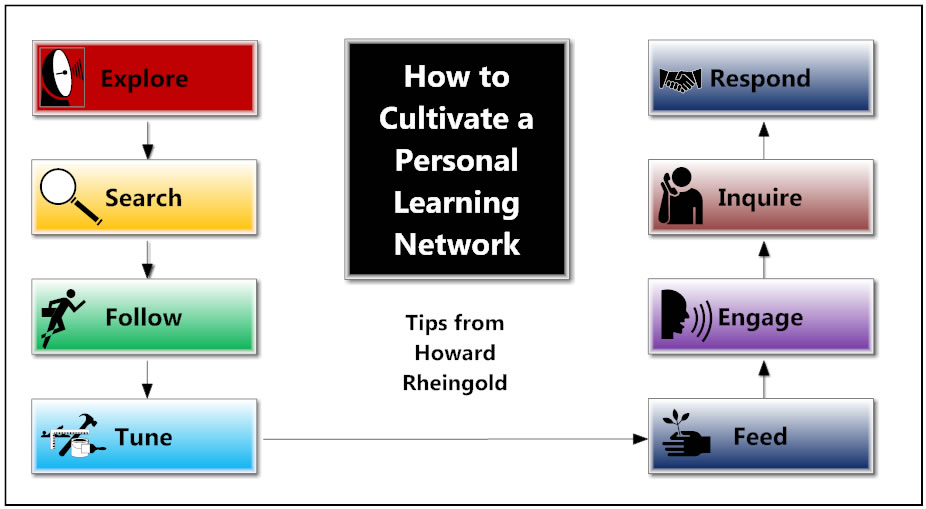
Plus I think allowing students to feel disappointment and see they can cope if one of life's lessons that should happen when children are young. I worry about the children whose parents fix all their problems in elementary school (get principal to change class placement, make the teacher regive a test, get coach to let them on a team even though they don't have the same ability level). As children get older parents can't possibly fix all problems. A middle school counselor mentioned this during our in-service that she felt one of the reasons for the rise in cutting in middle school was because parents can't fix many middle school peer problems and students have no healthy coping skills. That empowered me to stand my ground when the parent said I was heartless and a terrible counselor because I would not support the parents desire to put their child in a class with a friend. When told I did not care about his child I calmly said, "No I am actually sticking to the instructional placement because I do care that your son learns not just academics but social emotional learning and skills to work in a class with children who are not friends." For another person's perspective on giving-kidsthe-right-to-be-unhappy read this article.







